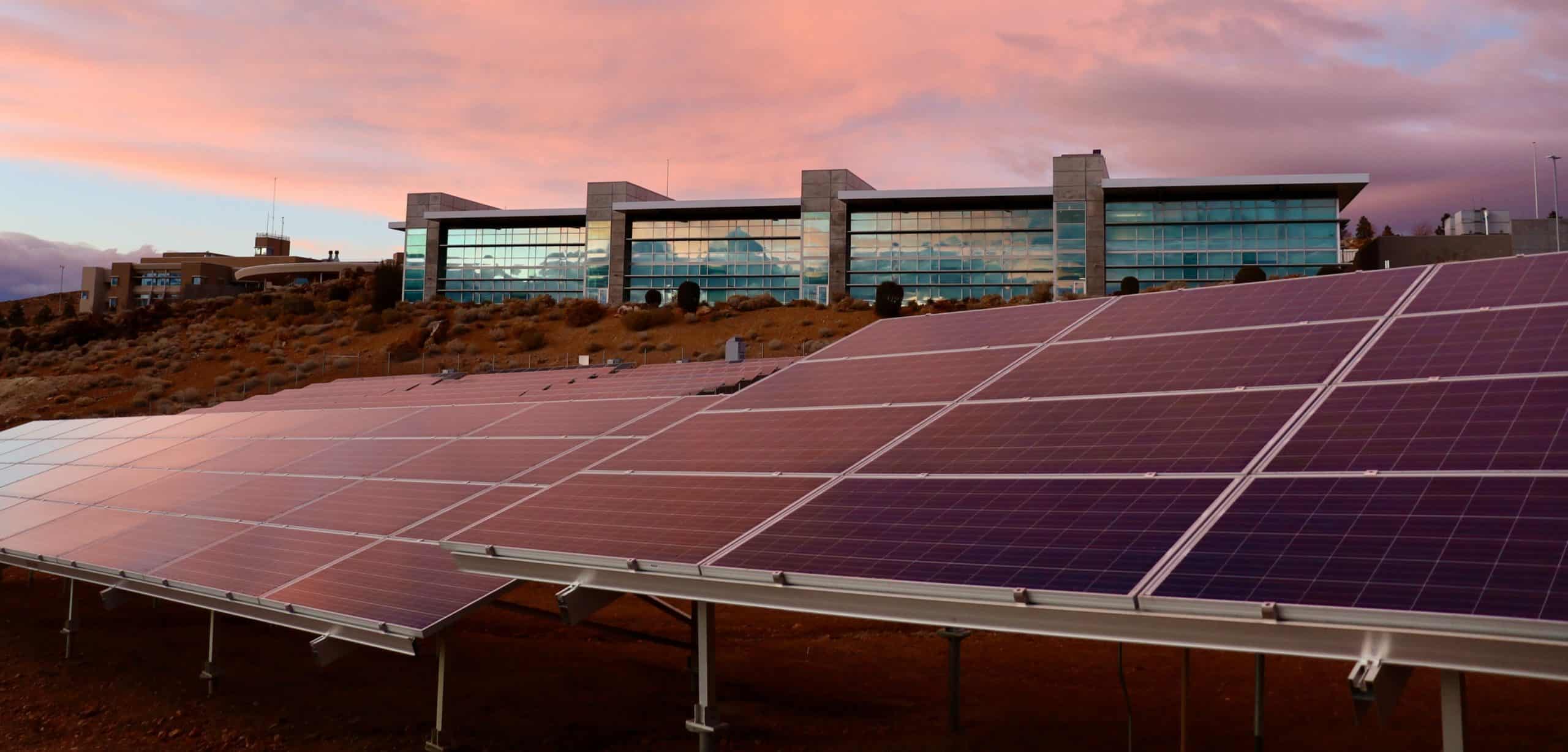Save Now, Pay Later.
With flexible payments from handypay.
Save Now, Pay Later.
With flexible payments from handypay.
Published

All The Gear But No Idea.
Today I thought I would talk about all the little things that make up a quality solar installation which at times, can get drowned out by the larger components that typically hog all the limelight.
Let’s start with this: you don’t have to be a mechanic to be able to visit a car yard to purchase the car you want to buy. Everyone has enough exposure to cars and how they function to be able to determine whether they want a 4WD, station wagon, diesel or petrol or whatever it is you are looking for in a vehicle.
I imagine that before you decided to research solar systems, you had little exposure to solar products and the differences between them? Let alone know of all the traps and pitfalls that await the unwary purchaser.
Does any thing stand out in the time we have been doing these articles as things to avoid?
A few weeks ago, we lost a sale to someone selling the same gear as us and the client informed us that the other business was significantly cheaper. This had me flummoxed for a bit because as authorised LG dealers, we are awarded the best buy prices possible in Tassie. It was cheaper on SolarEdge products as well. Oh well, you cant win them all (but I was wondering where we had gone wrong as we are very sharp on our quotes).
A couple of days a go I saw pictures of this quote that we lost on my Facebook feed, and all was revealed. It was a non-compliant installation. The LG panels were not clamped in the correct areas which voided the 25 year warranty of those panels. After a further examination, the other business had used P370 optimisers which are a smaller, more ‘budget friendly’ optimisers. But those of us with experience in design know that due to the cold climate here in Tassie we need to use the P505 optimisers which can handle the extra power the LG panels pump through them. So those optimisers will most likely start to fail in a few years. We have since made contact with the client and offered to fix up the non-compliant installation and get him on the right track.
As LG dealers we have a responsibility to make sure our brands reputation isn’t damaged and as Tasmanians make sure our fellow islanders are not taken for a ride by these fly-by-nighters.
So using the wrong roof interface feet and the wrong optimisers made the price seem lower, however all the premium gear that was installed is largely destined to fail prematurely.
This comes to my next point: do you design a solar system for maximum performance and longevity or do you design for maximum profit and saleability?
The answer to most discerning customers is always going to be quality and performance but this is the tricky bit as most customers do not have the basic knowledge of solar products and how they work to be able to qualify the difference.
This is what our website, social media and radio campaigns are all about; it gives DMS Energy the opportunity put some meat on the bones on the finer points of product selection, design and installation. This allows the end user to understand why we choose the brands and products we do how we install them to meet their maximum lifespan and optimal performance.
So what are these minor component differences?
For starters we use metal bodied isolators that won’t break down in the sun like the plastic ones we see every where. We also use European switch mechanisms that are unlikely to ever go into a DC melt down unlike their Chinese rivals. Guess which one costs a bit more?
And for mounting the system to roofs?
We use specialised mounting feet that triple the hold down rating of the solar arrays to the roof and ensure we can meet clamp zones to make sure the solar panels warranty conditions are met. You dont have to use these specialised feet but it’s extra piece of mind to ensure your solar system and roof survives those 1 in 100 year storm events. Though global warming is closing the gaps between these severe weather events.
DMS Energy also uses slotted duct for cable management as opposed to cable ties. A more permanent cable management solution. As well as correct, fit for purpose roof top penetrations and even the roof screws that we use have a 25 year corrosion warranty right up to the sea. Every single component we choose reflects our focus on achieving maximum solar system longevity.
What about the installers themselves?
On a small residential home, on most occasions you will get 2 of our highly trained fully qualified trades people and one apprentice. Thats right, DMS Energy employs apprentices and we are doing our bit to add to the local pool of trades people.
I know of one mob that was using Fijian backpackers to keep costs down with not a qualified tradesperson in sight.
These are all part of the total solar purchase and installation process and all up I think are the most important. These go beyond the sales process where someone turns up with shiny brochure and a shiny leather dress shoes.
As a side note all of our sales reps, when they’re not doing quotes and visiting customers, are on the roof installing with the tradespeople and that includes myself. So we usually turn up in our work clothes.
So having all the right gear isn’t going to be enough if you have no idea how to do the rest.
DMS Energy, the LG Dealer of the year in Tassie in 2020. 13 years strong in the local market and we have done all the research so you don’t have to.
Would you like to educate yourself some more on how not to get scammed?

Simple, Low Rate Green Loans

Introducing award winning finance provider, Handypay, to bring you the most Competitive, Flexible and Versatile finance solution available in the home improvement industry today!
We have partnered with Handypay so customers can access a simple, affordable green loan for their solar panels and home batteries. Get a no-obligation quote and pre-approval in minutes, not weeks.
DMS Energy strives to Honestly, Ethically and Accurately assist Tasmanians to meet their energy reduction goals.
DMS Energy have advised countless locals on the right energy solutions for their home’s and business’s.




DMS Energy are not your typical energy efficiency salesmen! We are long time locals offering expert advice on solutions that are tailored to your individual needs. Talk to one of our experts today.